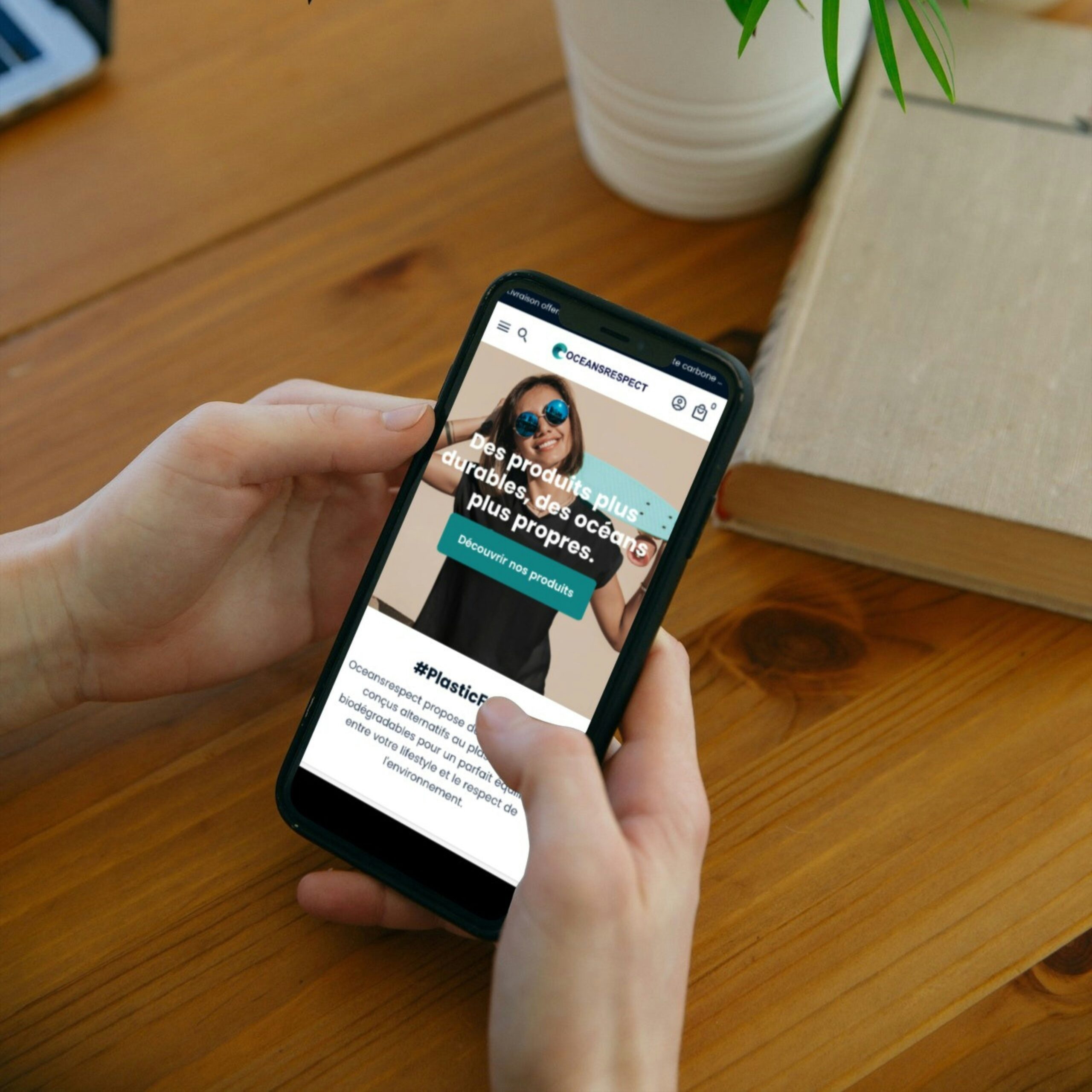Stop Selling. Start Storytelling: Why Stories Beat Sales Pitches Every Time
July 14, 2025 | by qqvmedia.com

When was the last time you really paid attention to an ad?
Chances are, it wasn’t because of a bullet point list of features or a promo code flashing across the screen.
It was because it told a story.
Maybe it made you laugh.
Maybe it made you cry.
Maybe it reminded you of yourself.
Whatever it was—it mattered.
Because the most effective brands in the world don’t just advertise…
They tell stories.
🎬 Why Storytelling Works Better Than Traditional Ads
Humans are wired for stories.
Long before websites, pop-ups, or conversion funnels—we shared information through emotion and narrative.
Storytelling taps into:
- Mirror neurons (we feel what others feel)
- Memory triggers (stories stick longer than facts)
- Emotional bonding (we trust people—and brands—that feel human)
That’s why we remember Nike’s “Just Do It” stories more than we remember what the shoe is made of.
🤖 But Aren’t Features Important?
Yes—but only after you’ve earned attention and trust.
Think of it this way:
- Facts tell. Stories sell.
- People don’t buy the best product—they buy the one they connect to.
You can always back up your story with stats.
But the story is what opens the door.
🧠 Storytelling Frameworks That Work in Marketing
Here are three simple frameworks you can use to build story-based marketing messages:
1.
The Hero’s Journey
Your customer is the hero—not your brand.
- They face a problem
- They search for a solution
- Your brand becomes the “guide”
- Together, they overcome the challenge
🧪 Example:
A wellness coach shares a personal story of burnout, discovery, and healing—then invites the audience to take the same journey.
2.
Before and After
Paint a picture of life before your product… and life after.
- Before: chaos, stress, confusion
- After: clarity, ease, transformation
📦 Example:
A project management app shows the messy whiteboards, missed deadlines, and frustration of “before”—then the clean, visual interface of “after.”
3.
David vs. Goliath
Position your brand as the underdog challenging a bloated or outdated industry.
People love a rebel. They root for the little guy with a big purpose.
🔥 Example:
A small coffee brand tells the story of how they started roasting beans in a garage—standing up to big chains that compromise quality for profit.
🛠 Where to Use Storytelling in Your Marketing
- Website copy: Use storytelling on your homepage or “About” section.
- Ads: Tell a mini-narrative in 15 seconds. Introduce a character, a problem, and a hint of the solution.
- Emails: Start with a relatable story before pitching a product.
- Social media: Use Instagram Reels, TikToks, or carousel posts to deliver punchy, human-driven narratives.
- Sales decks: Open with a story, not a market stat.
Real-World Example: Apple
Apple doesn’t just talk about tech specs.
They tell stories of creatives, students, parents, and artists using their devices to do something meaningful.
The tech becomes invisible.
The human story takes center stage.
That’s how a brand becomes unforgettable.
Final Thought: Story First. Sale Second.
In a world full of noise, facts fade fast.
But stories?
They spark connection.
They build belief.
They get remembered.
So next time you’re about to launch an ad, send an email, or write a caption…
Don’t just ask:
“What are we selling?”
Ask:
“What story are we telling?”
Because once someone feels something, they’re far more likely to buy something.
RELATED POSTS
View all


